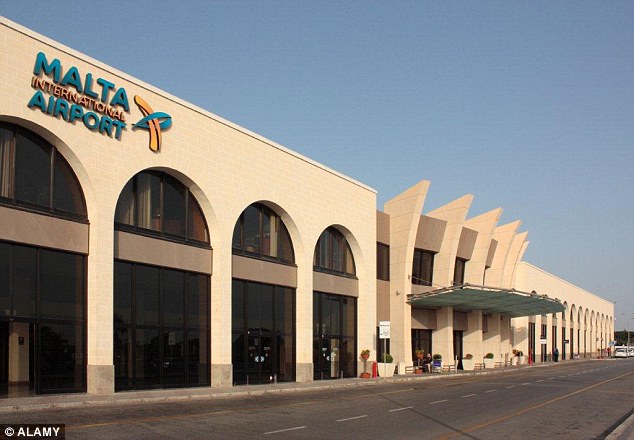Malta International Airport’s traffic for December amounted to 421,468 passenger movements, translating to a recovery of 88.3 per cent of pre-pandemic traffic.
While December’s daily traffic averaged around 13,000 passenger movements, on the month’s busiest days, namely December 23, 29 and 30, the Malta International Airport team handled more than 17,000 passengers.
A high seat load factor (SLF) of 81 per cent indicated that the demand for air travel remained very strong in December, particularly as many flocked home for the festive season and others made the most of the holidays with a trip abroad.
December’s results brought full-year traffic up to 5.8 million passenger movements, with this total being 20 per cent below Malta International Airport’s record full-year traffic for 2019. While August was the year’s busiest month with 712,122 passenger movements, December registered the strongest recovery rate.
The next five years are set to be transformational for Malta International Airport, as the company invests approximately €175 million in the evolution of the airport campus, €39 million of which are planned to be disbursed this year.
During a press conference held earlier today, Malta International Airport CEO Alan Borg presented highlights from the company’s five-year capital investment plan. Mr Borg described the investment programme as key to the realisation of the company’s vision to take passenger numbers beyond the record levels reached in 2019, whilst maintaining the highest levels of service and delivering on its climate-related pledges.
The transformation of Malta International Airport has been given the green light with the approval of the design concept for the first phase of the Terminal Expansion Project, which will see the westward extension of the building. More immediate projects, which are slated for completion in 2023, include doubling the current footprint of the customs area, unveiling a covered walkway linking Park East to the terminal, and freshening up the food and beverage offering with the introduction of two new outlets.
Meanwhile, works on the €40 million Apron X project, which will boost Malta International Airport’s aircraft parking capacity and its ability to handle mixed-fleet operations, have picked up the pace, as the company eyes summer 2024 for the completion and utilisation of the first parking stands. Over the next few years, the company will also be investing heavily in the maintenance of its airfield infrastructure, mainly through extensive runway resurfacing works.
“We are excited to be able to share parts of our five-year vision for the airport. The execution of so many ambitious projects as the terminal remains operational will certainly be no easy feat, but we recognise our responsibility to ensure that, as the point of entry for the majority of the tourists visiting the islands, Malta International Airport continues to evolve and rank among Europe’s top-rated airports,” said Alan Borg, going on to thank the team and all stakeholders for supporting the company’s vision.
Destinations that rely heavily on tourism are better poised to continue recovering at a steady pace throughout the coming year, and Malta International Airport is committed to continuing working with the Malta Tourism Authority to put the Maltese Islands on the map as a destination of choice. Based on the current winter schedule and traffic developments that have been confirmed for the upcoming summer season, the airport expects to host 6.3 million passengers in 2023, recovering 86 per cent of pre-pandemic traffic.
Report:Aviation24.be










